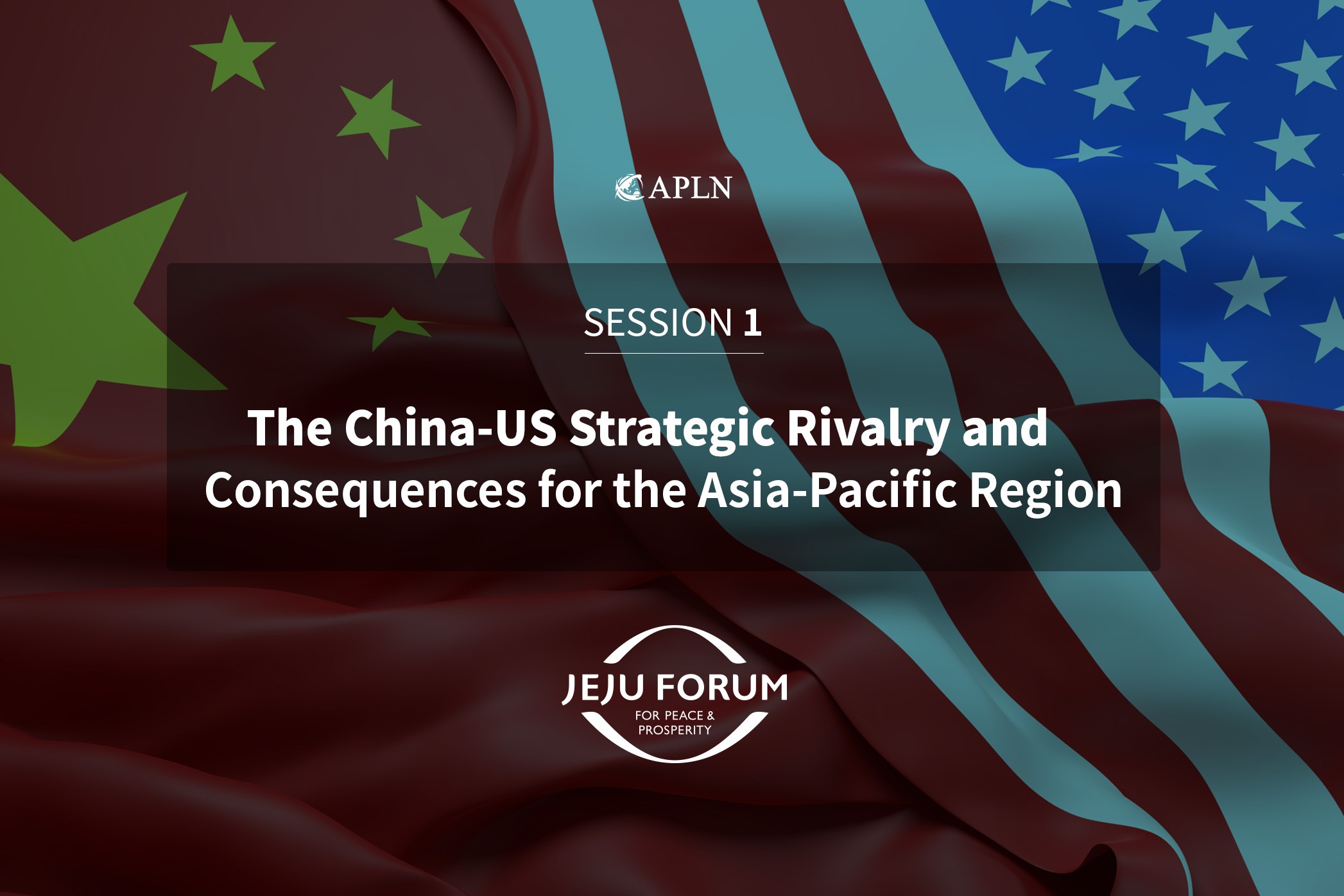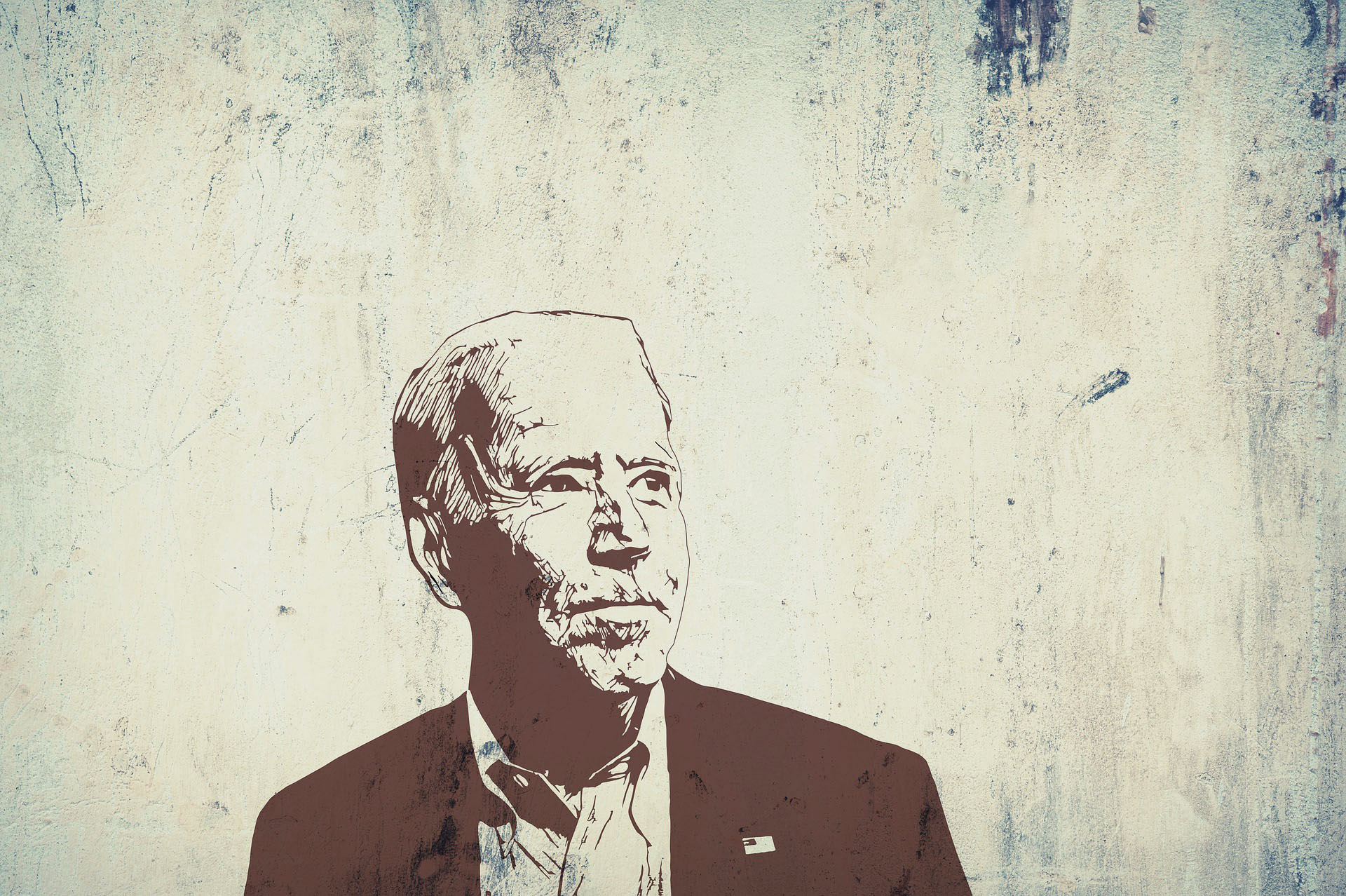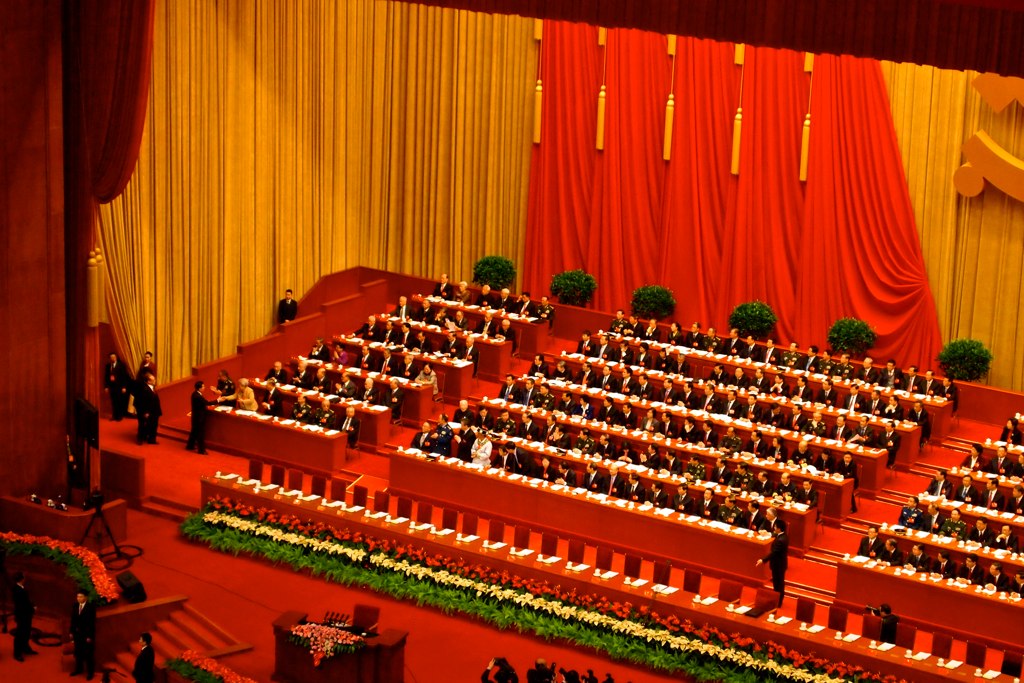Is War Over Taiwan Imminent?
Since the beginning of the “freefall” of U.S.-China relations during the global COVID-19 pandemic last year, tension over the Taiwan Strait has been escalating, as attested by the constant military posturing, political signaling and coercive policies of the mainland. As the calls for “unification by force” worsen at an unprecedented pace in mainland China, the concern over the possible military takeover of Taiwan by China has exacerbated exponentially.
As recent as last month, Admiral Phil Davidson testified in front of the Senate Armed Services Committee that China could attempt to take control of Taiwan in the next six years. Such an estimate significantly accelerates the threat and imminence of a war over Taiwan, most likely fought between the United States and China.
There are debates as to whether Beijing has made any determined decision to wage a war over Taiwan in the next few years. The official policy statements from the top leaders on Taiwan still stick to the formula of “peaceful unification.” Based on the documents that guide China’s national strategies, including the 2035 Plan and the 14th Five-Year Plan, China’s national priority in the foreseeable future remains domestic development, instead of national unification.
However, at the same time, it is also widely recognized that China’s war preparation and military posturing toward Taiwan have accelerated in recent years. These actions include active military buildup, repeated coercive shows of force, as well as government-manipulated nationalism actively calling for “unification by force.” These conflicting messages blur China’s true intentions and calculations regarding Taiwan. Hence, they are particularly concerning for policymakers for their formulation of effective strategies toward a Taiwan-related contingency.
By default, China prefers peaceful unification. It’s much less costly and much more conducive to China’s desired image of a peaceful rise. For the past four decades, peaceful unification also has appeared plausible and tenable given the relatively peaceful development of relations between the U.S. and China.
As Beijing becomes increasingly convinced of the United States’ relative decline and the peaceful “power transition” between the U.S. and China, Beijing’s envisioned peaceful unification lies in a perceived future that one day, the U.S. will be so exhausted of its commitment to an island so close to China and so far away from its homeland that it will just pack up and leave.
This situation means that, in Beijing’s view, Taiwan’s will to begin and accept a negotiated political settlement will only emerge when U.S. support is no longer an option.
If this assessment continues, as many observers believe that it will, China will still prioritize and adhere to the formula of peaceful unification. However, since the Trump administration, the premise of the policy ― the eventual U.S. abandonment of Taiwan ― appears to be eroding more rapidly and significantly.
Indeed, as great power competition with China becomes the priority of the U.S.’ national security strategy, and Taiwan’s utility in that competition is being constantly reevaluated and reassessed, the importance of Taiwan for the U.S., in its future strategic and defense planning of the region, is only expected to increase.
This fact is perhaps the most important assessment in the whole scheme of China’s strategy toward Taiwan. If the presumed future of peaceful unification based on political negotiation is no longer viable, the only path left for China will be the use of force, since it is highly unlikely for Beijing to adopt political reforms and make itself a more desirable partner for unification in Taiwan’s view.
If the use of force is indeed determined to be the only viable option, some Chinese have argued that Beijing should exploit any remaining U.S. hesitation that is embedded in Washington’s “strategic ambiguity” position, and take action sooner rather than later, before the U.S. firms up its resolve and commitment to defend Taiwan.
Any of the Chinese war planning over Taiwan by default assumes U.S. intervention, as no Chinese military leaders could afford leaving it out of the equation. Although the Chinese acknowledge the asymmetry in military capabilities between a superior U.S. and an inferior China, their confidence and belief in their eventual victory lies in the asymmetry of strategic resolve that China is willing to carry far higher casualties and losses to win the war than the U.S. ever will be.
In this sense, whether the U.S. adheres to “strategic ambiguity” or adopts “strategic clarity” is a question that amounts to null, because Chinese war planning assumes that the U.S. will intervene anyway.
However, the debate over such strategic stances does have significant impact over whether China will actively wage such a war. Although China may be willing to carry more casualties and costs when it has to, it doesn’t mean that it wishes to do so.
When the cost-imposing strategy by the U.S. and its allies elevates the cost of a war to a prohibitively high level, it will force Beijing to recalculate the costs and benefits of a war over Taiwan, hence disrupting and even deterring such a decision. Whether the U.S. needs to declare such a policy is an entirely different matter, as such a declaration could corner Beijing into more imminent decisions to use force.
There is no easy way out of the Taiwan situation, as all sides feel intrinsically stuck in undesirable policy options. The precarious peace over the Taiwan Strait has been hanging in a delicate balance of power, intentions and assumptions. Many of these factors are already changing, and others are bound to change. China may not be gearing up for war tomorrow, but the fundamentals of its Taiwan policy are shifting.
Yun Sun is a senior fellow and co-director of the East Asia Program, as well as director of the China Program at the Stimson Center in Washington, D.C.
This article was first published in The Korea Times on 14 April 2021 and is part of dedicated, regular column with analysis by APLN members on global issues. You can access the original post here.
Image: Unsplash stock, Thomas Tucker.




